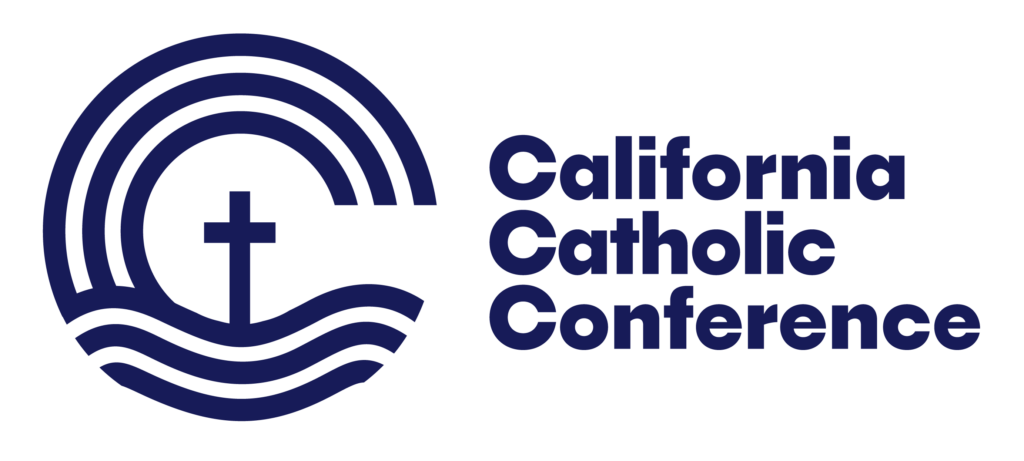“I am not my own, I have given myself to Jesus. He must be my only love.” – Sister Kateri Tekakwitha, Mohawk-Algonquin Native American convert to Catholicism in 1676 and first Native American to be declared a saint.
As a community, Native American Catholics often come together to worship and grow in their faith. This week, for instance, more than 750 will gather in Burlingame, just south of San Francisco, for the annual Tekakwitha Conference.
The Conference is aimed at reinforcing Catholic identity while also boosting cultural pride, promoting healing, and nurturing the relationship between indigenous communities and the Catholic Church. This year, they will celebrate with the theme, “Saint Kateri: The Bridge Between our Faith and Our Traditions.”
But Native American communities in the United States still face many very daunting challenges – from unemployment to a high suicide rate.
Last year, in conjunction with the canonization of St. Junipero Serra, the California Catholic Conference reached out to California Native Americans to better understand the issues and history of tribes in the Golden State. (For instance, many California tribes are not even recognized by the federal government because of the unique history of the state.) In many cases, work needs to be done in California missions to better appreciate the history and struggles faced by the California Native Americans. In addition, educators are evaluating the appropriateness of the third and fourth grade curriculum in Catholic schools as it relates to the history of Native Americans and the Missions.
Nationally, a local priest has recently assumed a major role in advocating for Native Americans.
Fr. Michael Carson, from the Diocese of San Jose, is now the Assistant Director of Native American Affairs for the U.S. Conference of Catholic Bishops and offers some sobering thoughts:
“Poverty underlies everything,” explains Father Carson. “The community suffers from the highest rate of suicide, seven times the national average.”
Reservations, he explains, are often completely isolated and in most cases a great distance from larger cities. In many places, unemployment hovers around 80 percent. Housing remains marginal and often lacks heating and plumbing. With tribal lands owned by the federal government, it is hard to obtain loans and construction remains substandard. Life expectancy on certain reservations is equal to that on the island of Haiti – 40 to 50 years on average.
Efforts to abate these pressing issues are under way. In partnership with the Catholic Campaign for Human Development (CCHD) and the Southwest Indian Foundation, the Church is addressing the ongoing issues of sustainable housing on many reservations. The partnership also extends to Catholic universities to enable Native American students in Catholic high schools the opportunity to go on to college and to ensure that those high schools have the resources to fully prepare students for the college experience.
Other diocesan efforts around the country include curriculum development to tell the story of American growth through the experience of the Native Americans as well as sponsorship for groups such as Kateri Circles.
With the outreach and work of the Catholic Church over the past 50 years, there has been a gradual increase in the improvement of the lives of Native Americans. But, according to Father Carson, some older challenges have progressed from bad to worse.
“Where there used to be the challenge of alcohol, it has now progressed to methamphetamines and a host of pressing health issues such as diabetes.”
Amid these serious and pressing issues facing Native American Catholics today, what is the cornerstone problem the Church can work to solve?
“It is the lack of hope,” responds Father Carson. “We work with their faith and go to the root cause of the problems. When we do this, we provide great hope to families.”
Learn More…
In 2002 the U.S. Conference of Catholic Bishops (USCCB) and its ad hoc committee on Native American Catholics published a report, “Native American Catholics at the Millennium
